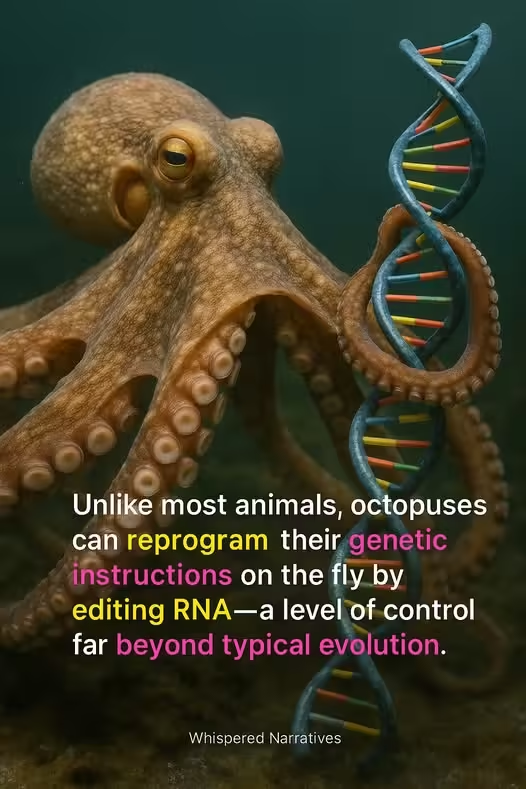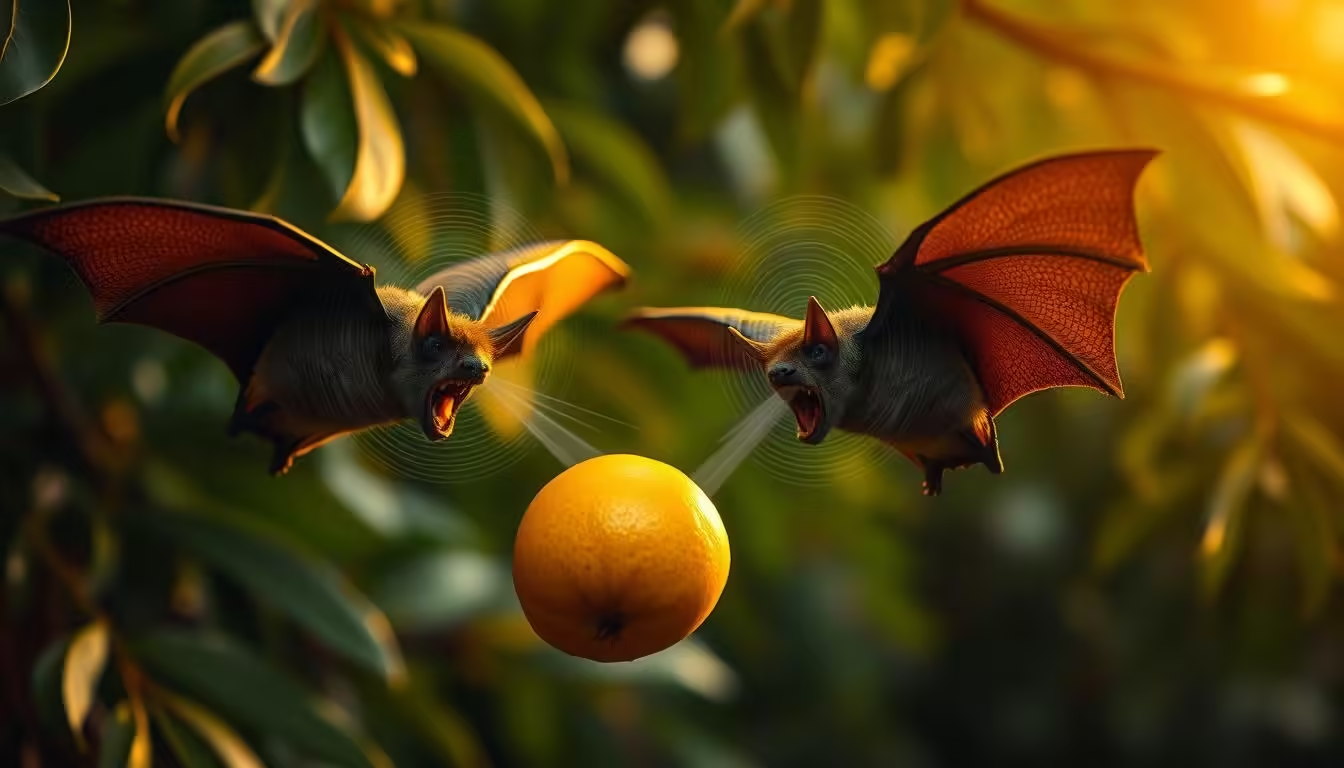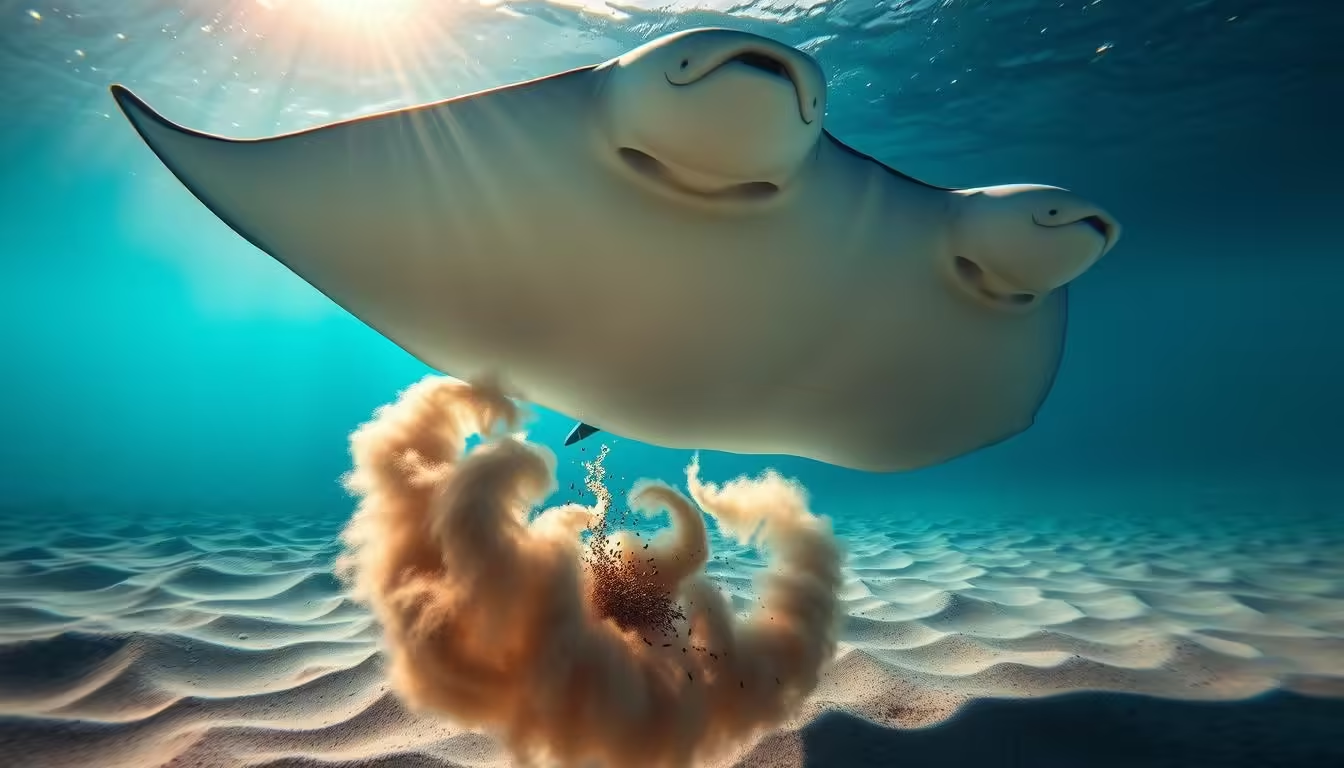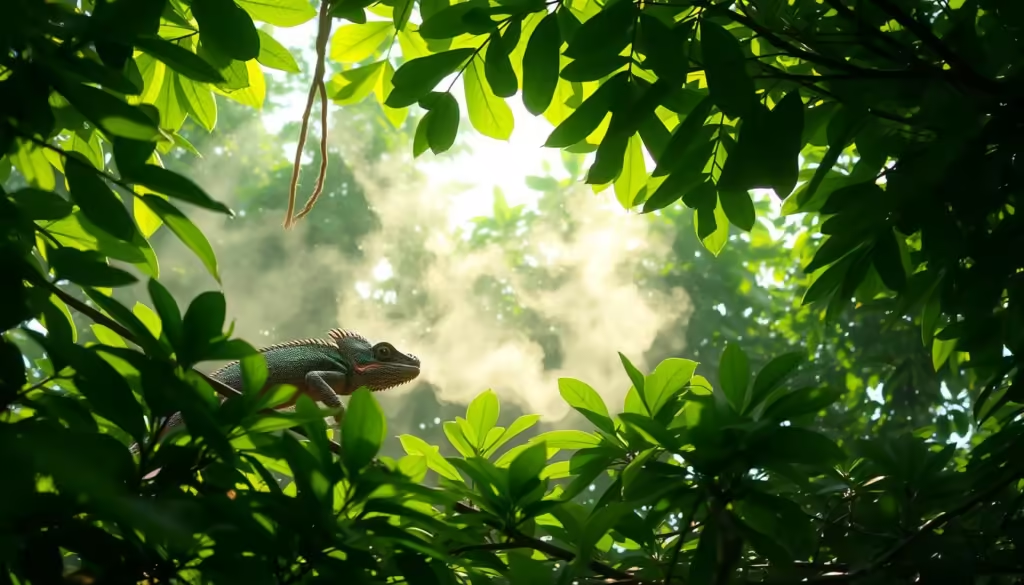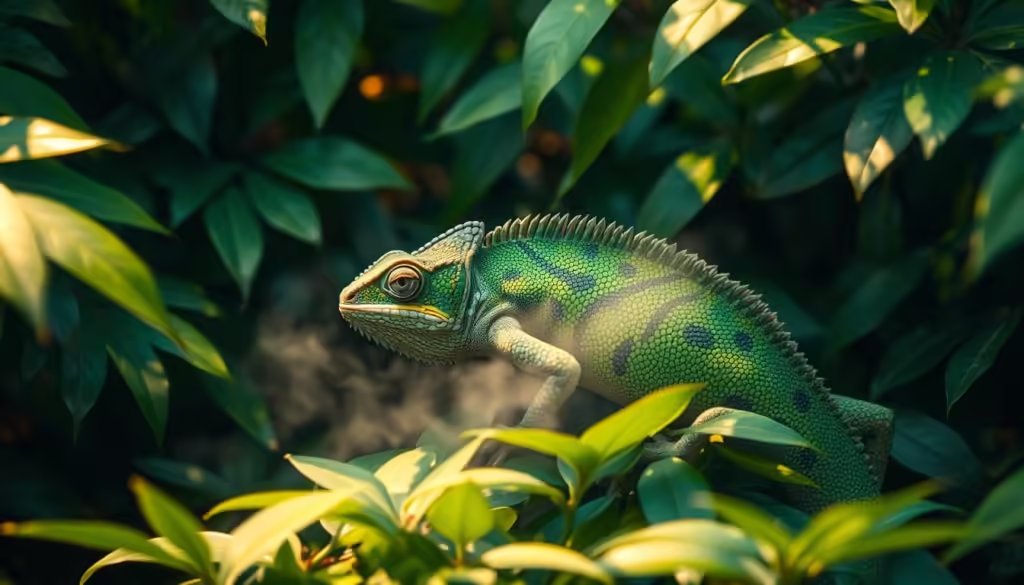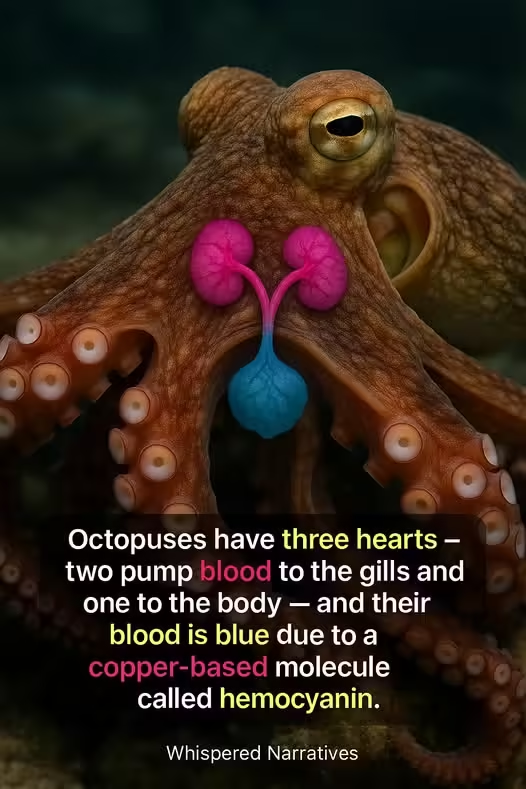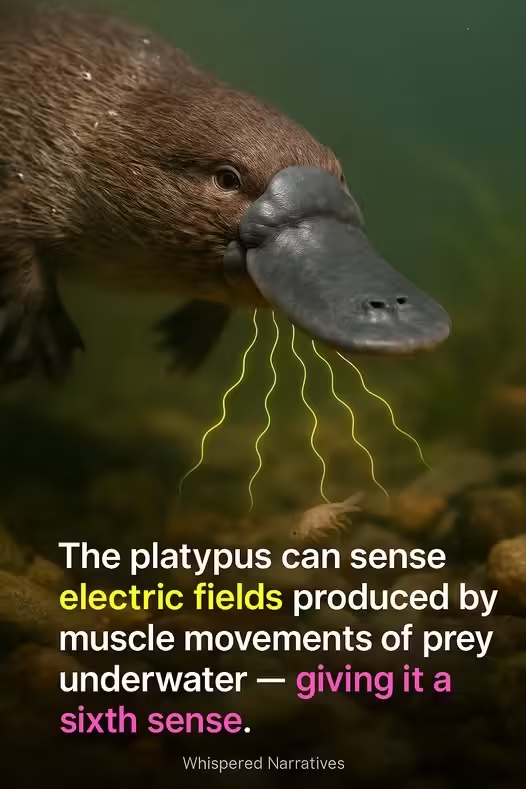The manta ray, a majestic creature of the Pacific Ocean, has been observed exhibiting a unique feeding behavior. By using their pulses to stir sediment, these gentle giants reveal hidden prey, making it easier to feed.

This fascinating phenomenon, observed in 2024, has sparked the interest of scientists studying its implications for marine biology and potential technological inspirations. The study of this behavior not only deepens our understanding of ocean creatures but also highlights the intricate relationships within the marine ecosystem.
Key Takeaways
- Manta rays use their pulses to stir sediment, revealing hidden prey.
- This unique feeding behavior was observed in the Pacific Ocean in 2024.
- The study of this behavior has implications for marine biology and technology.
- The observation highlights the complex relationships within the marine ecosystem.
- Scientists are interested in understanding the full extent of this feeding behavior.
The Remarkable Discovery of Manta Ray Pulse Feeding
A notable observation in the Pacific has shed new light on the feeding patterns of manta rays, revealing a complex interaction with their underwater ecosystem.
First Observations in the Pacific Ocean
The initial observations of manta ray pulse feeding in the Pacific Ocean have highlighted a unique behavior where these creatures stir the sediment to uncover hidden prey. This behavior is a significant finding that underscores the adaptability of manta rays as oceanic predators.

Distinguishing This Behavior from Known Feeding Methods
Manta rays are known to employ various feeding strategies, but the use of pulses to disturb sediment is a distinct method that sets them apart. This behavior not only showcases their adaptability but also highlights the intricate dynamics of the underwater ecosystem.
| Feeding Method |
Description |
Prey Uncovered |
| Pulse Feeding |
Stirring sediment with pulses |
Hidden prey in sediment |
| Filter Feeding |
Filtering water for plankton |
Plankton and small organisms |
The discovery of manta ray pulse feeding has opened new avenues for understanding the role of these creatures in maintaining the balance of marine life. By disturbing the sediment, manta rays contribute to the turnover of nutrients, potentially enhancing the biodiversity of their habitat.
Understanding Manta Ray Biology
To appreciate the unique feeding behaviors of manta rays, it’s essential to understand their underlying biology. Manta rays are majestic creatures that have long fascinated marine biologists with their impressive size and gentle nature.

Anatomy and Physical Characteristics
Manta rays are characterized by their large size, with some species reaching widths of up to 7 meters and weighing over 2,000 kilograms. Their bodies are flat and disk-shaped, which enables them to maneuver efficiently through the water. They have a distinctive cephalic fin on either side of their mouth, which helps to funnel prey towards their mouth.
The skin of manta rays is rough and contains dermal denticles, tooth-like scales that provide protection and possibly aid in reducing drag as they swim. Their coloration varies, typically being dark on top and lighter on the bottom, a form of countershading that helps them blend in with the ocean depths when viewed from above or below.
Traditional Feeding Behaviors of Manta Rays
Traditionally, manta rays have been known to feed on plankton, small fish, and krill. They are filter feeders, using their cephalic fins to guide food towards their mouths as they swim. This feeding behavior is often observed in areas rich with nutrient-dense waters, such as near coral reefs or upwelling regions.
“Manta rays are known to aggregate in areas with high productivity, where they can feed on abundant plankton and small organisms,” notes a marine biologist.
Their feeding behavior is not just a simple matter of filtering water; it’s a complex process that involves navigating through the water column to find the richest feeding grounds. This traditional feeding behavior is crucial for their survival and plays a significant role in the marine ecosystem.
- Manta rays are filter feeders, consuming plankton and small fish.
- Their feeding is often associated with areas of high productivity.
- They use their cephalic fins to direct food towards their mouths.
Understanding these aspects of manta ray biology provides a foundation for appreciating their more complex feeding behaviors, such as pulse feeding, and highlights the importance of these creatures in the marine ecosystem.
In the Pacific, a manta ray’s pulses stir sediment, revealing prey
In the Pacific, manta rays employ a fascinating feeding technique where they produce pulses to uncover prey buried in the sediment. This unique method is unlike typical feeding behaviors observed in other marine animals.
The Mechanics of Pulse Generation
The mechanics behind a manta ray’s pulse generation are intricate, involving a complex interplay of muscles and nervous system control. As they pulse, they create currents that disturb the sediment on the seabed.
The pulse generation is a remarkable example of evolutionary adaptation, allowing manta rays to exploit a previously untapped food source. The process involves the coordinated movement of their fins, creating a powerful current that stirs the sediment.
| Aspect |
Description |
Importance |
| Muscle Control |
Complex interplay of muscles |
Essential for pulse generation |
| Nervous System |
Coordinates muscle movement |
Critical for effective pulsing |
| Fin Movement |
Creates powerful currents |
Key to disturbing sediment |
How Sediment Disturbance Exposes Hidden Prey
The disturbance caused by the manta rays’ pulses exposes hidden prey, making it easier for them to feed. This method is akin to mining the seabeds, uncovering resources that lie beneath the surface.

The sediment disturbance is a crucial aspect of the manta rays’ feeding behavior, allowing them to access prey that would otherwise be out of reach. By stirring the sediment, they reveal a hidden buffet, making feeding more efficient.
The Pacific Ocean Ecosystem
Spanning a significant portion of the Earth’s surface, the Pacific Ocean is home to a rich and diverse underwater ecosystem. This vast body of water is characterized by its complex seabed topography, ranging from deep trenches to shallow coral reefs, supporting a wide array of marine life.
Unique Characteristics of Pacific Seabeds
The Pacific Ocean’s seabeds are notable for their varied landscapes, which include vast plains, mountain ranges, and deep-sea trenches. These diverse environments create a multitude of habitats for marine organisms, from the tiny plankton to large marine mammals.
The deep trenches, such as the Mariana Trench, are among the most extreme environments on Earth, with conditions that are both very cold and very pressurized. Despite these harsh conditions, unique communities of organisms have adapted to live in these areas.

Manta Ray Habitats in the Pacific
Manta rays are found in the warmer waters of the Pacific, often inhabiting areas with abundant food sources. These areas include coral reefs and coastal waters where the seabed topography facilitates the aggregation of their prey.
The specific habitats preferred by manta rays are crucial for their feeding behaviors, which include the unique pulse feeding observed in certain regions. Understanding these habitats is essential for conservation efforts aimed at protecting manta ray populations.
The 2024 Scientific Observations
The 2024 scientific observations were instrumental in advancing our knowledge of manta ray feeding strategies. Researchers employed advanced methodologies and state-of-the-art equipment to study the pulse feeding phenomenon in the Pacific Ocean.
Research Methodology and Equipment Used
The research team utilized a combination of underwater observation techniques, including submersibles and remotely operated vehicles (ROVs), to monitor manta ray behavior. Advanced acoustic monitoring equipment was also deployed to capture the sound waves generated by the rays’ pulse feeding.
The use of such cutting-edge technology allowed scientists to gather detailed data on the mechanics of pulse feeding and its significance in the manta rays’ hunting strategy.

Key Findings from Pacific Ocean Studies
The studies conducted in 2024 revealed that pulse feeding is a crucial component of manta rays’ foraging behavior in the Pacific Ocean. By stirring sediment, manta rays expose hidden prey, making it easier for them to feed.
The data collected during these observations has been compiled into the following table, which summarizes the key findings:
| Observation |
Frequency |
Significance |
| Pulse Feeding Events |
85 |
Primary feeding method |
| Prey Exposed |
72% |
Increased feeding success |
| Sound Waves Generated |
120 Hz |
Aids in prey location |
These findings have significant implications for the field of bioacoustics, as scientists continue to study the role of sound in manta ray feeding behaviors. The 2024 observations have opened new avenues for research into the complex interactions between manta rays and their environment.
Bioacoustics: The Science Behind the Pulses
Bioacoustics, the study of sound production and its effects on living organisms, sheds new light on manta ray feeding behaviors. This field of study is crucial in understanding how manta rays use sound to their advantage, particularly in their feeding habits.
Sound Waves Underwater
Sound waves function differently underwater compared to in air. Water is a more efficient medium for sound transmission, allowing it to travel faster and farther. Manta rays leverage this property by generating pulses that stir sediment, revealing hidden prey. This behavior is akin to “painting the ocean with sonic patterns,” as the sound waves help uncover buried organisms.
The mechanics of sound wave propagation underwater are complex. Factors such as water temperature, salinity, and depth affect how sound travels. Manta rays have adapted to these conditions, using their unique biology to create effective sound waves.

Measuring and Analyzing Manta Ray Pulses
Scientists measure and analyze manta ray pulses using specialized equipment. Hydrophones are used to capture the sound waves generated by the rays, and the data is then analyzed to understand the characteristics of these pulses.
| Parameter |
Description |
Significance |
| Frequency |
The number of oscillations per second |
Indicates the energy level of the pulse |
| Amplitude |
The magnitude of the sound wave |
Reflects the intensity of the pulse |
| Duration |
The length of time the pulse is generated |
Affects the amount of sediment disturbed |
By analyzing these parameters, researchers can gain insights into the feeding behaviors of manta rays and how they interact with their environment. This information is vital for understanding the ecological impact of their feeding habits and for conservation efforts.
Seabed Mining: A Natural Phenomenon
Manta rays exhibit a fascinating behavior that resembles seabed mining, disturbing sediment to reveal hidden food sources. This natural phenomenon is not only intriguing but also has significant ecological implications.
The behavior of manta rays stirring sediment can be compared to other marine sediment disturbance behaviors observed in different species. For instance, some species of fish and invertebrates also disturb sediment while foraging, but the scale and method can vary significantly.
Comparing to Other Marine Sediment Disturbance Behaviors
Other marine animals, such as certain species of rays and sharks, also engage in sediment disturbance behaviors. However, the manta ray’s method of pulsing through the sediment is unique and can be likened to a form of underwater excavation. This behavior not only uncovers prey but also alters the seabed topography.
In comparison to other sediment disturbance behaviors, manta rays’ pulse feeding is distinct due to its scale and the specific mechanism of generating pulses to stir the sediment. This behavior can be seen as a form of natural seabed mining, with potential implications for understanding and developing sediment-clearing technologies.
Ecological Impact of Manta Ray Seabed Mining
The ecological impact of manta rays’ seabed mining behavior is multifaceted. By disturbing the sediment, manta rays can expose hidden prey, potentially influencing the local food chain. Additionally, this behavior can alter the seabed structure, affecting local habitats and potentially influencing biodiversity.
The discovery of manta rays’ pulse feeding behavior could have implications for sediment-clearing technologies. By studying how manta rays use sound and movement to uncover prey, scientists may develop new methods for sediment clearing in various underwater applications, potentially using sound waves for harvesting or other purposes.
Foraging in Murky Depths
The murky depths of the ocean pose little challenge to manta rays, equipped with pulse feeding. This unique behavior allows them to thrive in environments where visibility is limited.
Challenges of Hunting in Low-Visibility Environments
Hunting in murky waters is a significant challenge for many marine predators. The lack of visibility makes it difficult to locate prey using traditional senses such as sight. Manta rays, however, have adapted to these conditions.
In low-visibility environments, the usual methods of hunting, such as chasing prey, are less effective. Predators must rely on other senses or innovative strategies to survive.
How Pulse Feeding Overcomes Visibility Challenges
Pulse feeding is a remarkable adaptation that enables manta rays to forage effectively in murky depths. By generating pulses that stir sediment, they create a disturbance that reveals hidden prey.
This behavior not only aids in locating prey but also does so in a way that compensates for the lack of visibility. The sound waves generated by the pulses can be thought of as a form of echolocation, allowing the manta rays to “see” their surroundings through the sediment disturbance.
The effectiveness of pulse feeding in murky environments highlights the adaptability of manta rays. Their ability to exploit a niche that is challenging for other predators underscores their unique position in the marine ecosystem.
By understanding how manta rays forage in murky depths, we gain insights into the complex interactions within marine ecosystems. This knowledge can inform conservation efforts and enhance our appreciation of these remarkable creatures.
Technological Inspirations from Manta Ray Behavior
Manta rays’ unique feeding habits are inspiring engineers to develop new sediment-clearing technologies. By studying how these marine animals interact with their environment, researchers are gaining insights into innovative methods for underwater exploration and resource extraction.
Biomimicry in Engineering
Biomimicry, the practice of drawing inspiration from nature to solve human problems, is a rapidly growing field. The study of manta ray feeding behaviors is a prime example, as it has the potential to inform the development of new technologies that mimic the way these animals use sound to uncover prey buried in sediment.
Engineers are particularly interested in how manta rays generate pulses that stir sediment, revealing hidden prey. This natural process can inspire the creation of sediment-clearing technologies that could be used in various marine applications, from environmental monitoring to resource extraction.
Potential Sediment-Clearing Technologies
The development of sediment-clearing technologies inspired by manta ray behavior could revolutionize underwater operations. For instance, using sound waves to disturb sediment could improve the efficiency of underwater mining or archaeological excavations.
Moreover, such technologies could also contribute to environmental conservation efforts. By clearing sediment, it’s possible to restore habitats or improve water quality, benefiting marine ecosystems.
As research continues to uncover the intricacies of manta ray feeding behaviors, the potential for technological innovation grows. By embracing biomimicry and the study of marine biology, we can develop new tools and methods that not only enhance our understanding of the ocean but also promote sustainable interaction with marine environments.
Conservation Implications
The discovery of manta rays’ pulse feeding behavior has significant implications for conservation efforts. As we gain a deeper understanding of their feeding habits, it becomes clear that protecting these magnificent creatures requires a multifaceted approach.
Threats to Manta Ray Populations
Manta ray populations are facing numerous threats, including habitat loss and overfishing. These threats not only endanger the manta rays but also have a ripple effect on the entire marine ecosystem.
The loss of habitat due to coastal development and seabed mining activities deprives manta rays of their feeding grounds, making it harder for them to survive. Overfishing, both targeted and accidental, further depletes their numbers.
Protecting These Unique Feeding Grounds
Protecting the unique feeding grounds of manta rays is crucial for their survival. This involves establishing marine protected areas where these creatures can feed without disturbance.
Conservation strategies should also focus on reducing bycatch and promoting sustainable fishing practices. By engaging local communities and fishermen in conservation efforts, we can work towards a more sustainable coexistence with these oceanic predators.
Ultimately, the conservation of manta rays and their habitats is not just about protecting a species; it’s about preserving the health of our oceans and the rich biodiversity they support.
Future Research Directions
Future research directions are being shaped by the fascinating discoveries made about manta ray behavior. As scientists continue to explore the intricacies of pulse feeding, several unanswered questions have come to the forefront.
Unanswered Questions About Pulse Feeding
Despite the progress made in understanding manta ray pulse feeding, there are still many aspects that require further investigation. Some of the key questions include:
- What are the specific mechanisms that manta rays use to generate pulses in different seabed environments?
- How does the bioacoustic signal produced by pulse feeding vary across different species of manta rays?
- What are the long-term effects of pulse feeding on the marine ecosystem, particularly on prey populations and seabed composition?
Addressing these questions will be crucial in gaining a deeper understanding of this complex behavior and its implications for marine biology.
Planned Studies and Technological Advancements
To tackle the unanswered questions, researchers are planning to employ advanced technologies and methodologies. Some of the planned studies include:
- Utilizing underwater acoustic sensors to monitor and analyze the bioacoustic signals produced by manta rays during pulse feeding.
- Conducting comparative studies across different manta ray habitats to understand the variability in pulse feeding behavior.
- Developing new sediment sampling techniques to assess the impact of pulse feeding on seabed composition.
These studies will not only enhance our understanding of manta ray biology but also contribute to the development of new technologies inspired by nature.
The integration of bioacoustics and marine biology is expected to reveal new insights into the behavior of these magnificent creatures. As research progresses, we can anticipate breakthroughs in our understanding of manta ray pulse feeding and its significance in the marine ecosystem.
Conclusion: The Marine Miner of the Pacific
In the Pacific, a manta ray’s pulses stir sediment, revealing prey in a remarkable display of adaptability. This behavior, likened to seabed mining, highlights the manta ray’s unique feeding strategy.
As a marine miner, the manta ray plays a crucial role in the Pacific Ocean ecosystem. By stirring sediment, it exposes hidden prey, showcasing its importance in the marine food chain.
The discovery of this behavior has significant implications for our understanding of marine ecosystems and potential technological innovations. As we continue to study the manta ray’s feeding habits, we are reminded of the importance of preserving our oceans and the creatures that call them home.
FAQ
What is the unique feeding behavior observed in manta rays in the Pacific Ocean?
Manta rays in the Pacific Ocean have been observed using their pulses to stir sediment, revealing hidden prey, a behavior that is distinct from their traditional feeding methods.
How do manta rays generate pulses to stir sediment?
The mechanics behind a manta ray’s pulse generation involve a complex interplay of muscles and nervous system control, creating currents that disturb the sediment on the seabed.
What is the significance of the 2024 scientific observations of manta ray pulse feeding?
The 2024 observations marked a significant milestone in understanding the pulse feeding behavior of manta rays, shedding light on its importance for their hunting success and implications for bioacoustics.
How does the pulse feeding behavior of manta rays aid in their hunting?
By creating sediment disturbances, manta rays can effectively uncover hidden prey, making it easier for them to feed, even in murky or low-visibility environments.
What are the potential technological inspirations from studying manta ray behavior?
The study of manta ray feeding behaviors could inspire new technologies, particularly in the field of engineering, such as sediment-clearing technologies that mimic the way manta rays use sound to uncover prey.
What are the conservation implications of the discovery of manta ray pulse feeding?
The discovery highlights the need for conservation efforts to protect manta ray populations and their unique feeding grounds, addressing threats such as habitat loss and overfishing.
How does the Pacific Ocean’s ecosystem support manta ray habitats?
The Pacific Ocean’s diverse seabed topography and rich array of marine life support specific regions that manta rays inhabit, often preferring areas with abundant food sources and suitable habitats for their feeding behaviors.
What is bioacoustics, and how does it relate to manta ray pulse feeding?
Bioacoustics is the study of sound production and its effects on living organisms; in the context of manta rays, it helps understand how their pulses create sound waves underwater, aiding in their feeding behavior.


